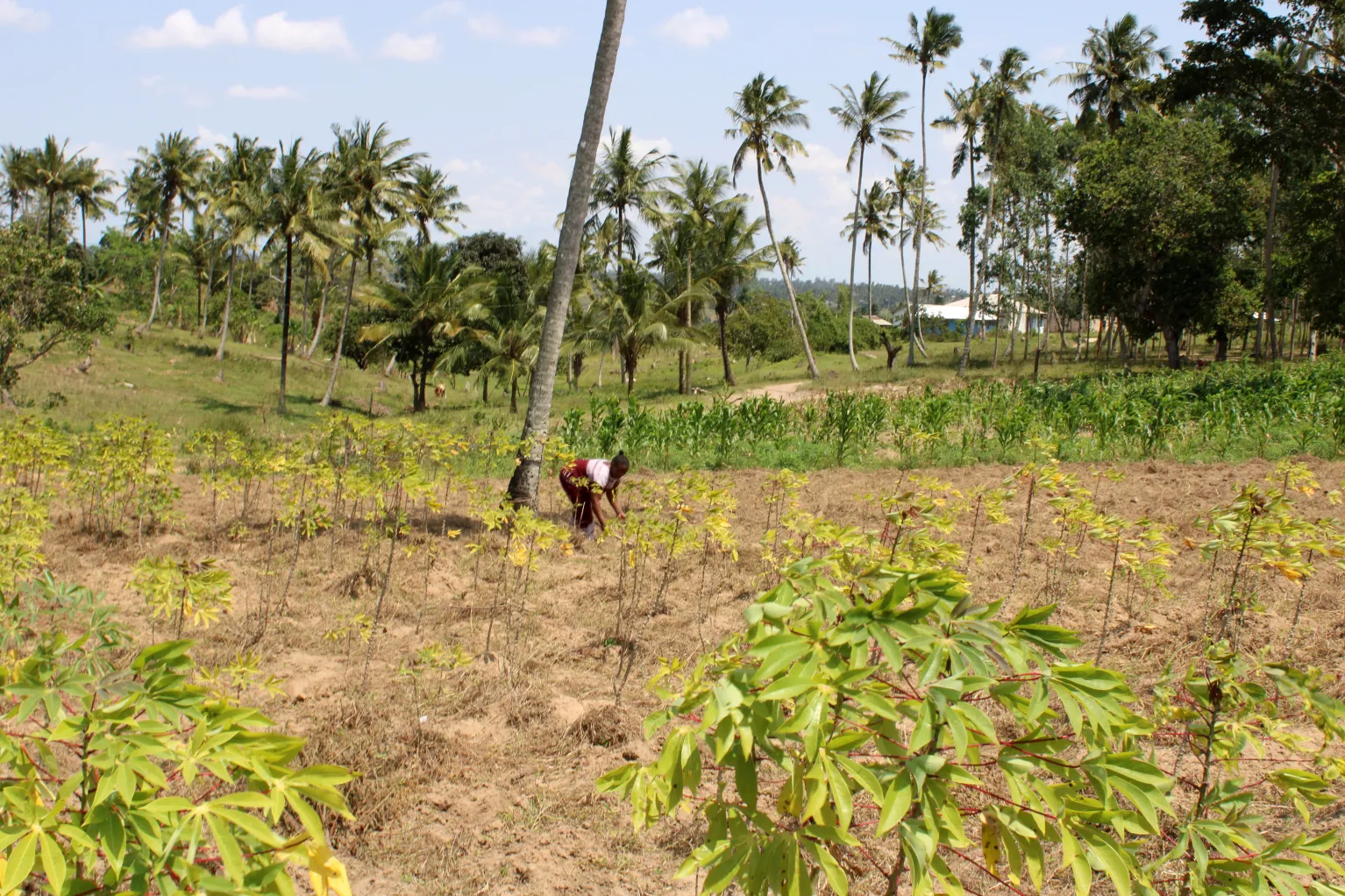
Misango Hills Community Forest Association is planning to introduce a snake park and a zip-line at Misango Hills Forest to boost eco-tourism and conservation.
Speaking in Kakamega town on Friday, the association’s chair Sylvanos Omurunga said the two initiatives will serve as tourist attractions benefiting the surrounding community members, even as they continue to rehabilitate and conserve the forest.
Misango Hills Forest is revered by the Luhyia people of western as a sacred habitat for worship and spiritual connection with God during dry seasons, war, pandemics and other natural phenomena. Misango in Luhyia translates to rituals, prayers, oracles or vows depending on the context.
The forest is located in Khwisero and covers approximately 103.7 hectares. The move by Misango Hills CFA aligns with the county government of Kakamega’s strategy to promote tourism and cultural heritage as a way of empowering local communities.
According to the Chief Officer for Culture, Social Services and Gender Christine Oside the county government is keen on revitalising the tourism industry that has not been explored to its full potential.
During her vetting before the county assembly mid this year, Oside noted that among her priorities is to push for the listing of Nabongo Mumia Kingdom as a world heritage site and bullfighting as an element of Intangible Cultural Heritage.
The Isikuti dance, practiced by the Idakho and Isukha communities in Kakamega, has already been inscribed by the United Nations, Educational Scientific and Cultural Organisation (UNESCO) on the list of Intangible Cultural Heritage in need of urgent safeguarding.
She further revealed that the county is set to engage herbalists, noting that 14 herbal medicinal assets have already been identified and are in the final stages of validation with the Natural Products Industry (NPI), a Vision 2030 Initiative led by the National Museums of Kenya.
The validation process involves documenting herbal formulations, conducting scientific testing and verifying their safety and efficacy before they can be certified and commercialised through the Indigenous Knowledge Innovation Bank (InKiBank) under the Digitisation of Indigenous Knowledge (DoDi) programme.
“We have also been able to strike a deal with the Kenya Bureau of Standards (KEBS) to test munyu mfume. Once approved, we hope to expand its production so that our people can benefit from it,” she said.
Munyu mfume is a traditional salt derived from a special reed that thrives in a marshland. It is rich in potassium as opposed to the ordinary table salt that is based on sodium. Sodium is now to accelerate blood pressure.
Early this year, Kakamega governor Fernandes Barasa announced plans to roll out a Bullfighting Premier League starting 2026, with the winner set to walk away with Ksh200, 000, as part of the county’s broader strategy to promote local culture and grow the sports tourism sector.
“On the Bullfighting Premier League, we call upon other stakeholders to come on board and help us showcase it,” Oside noted.
She noted that in order to promote cultural activities, the county government will also begin holding annual cultural festivals.
- A Tell Media / KNA report / By Moses Wekesa






